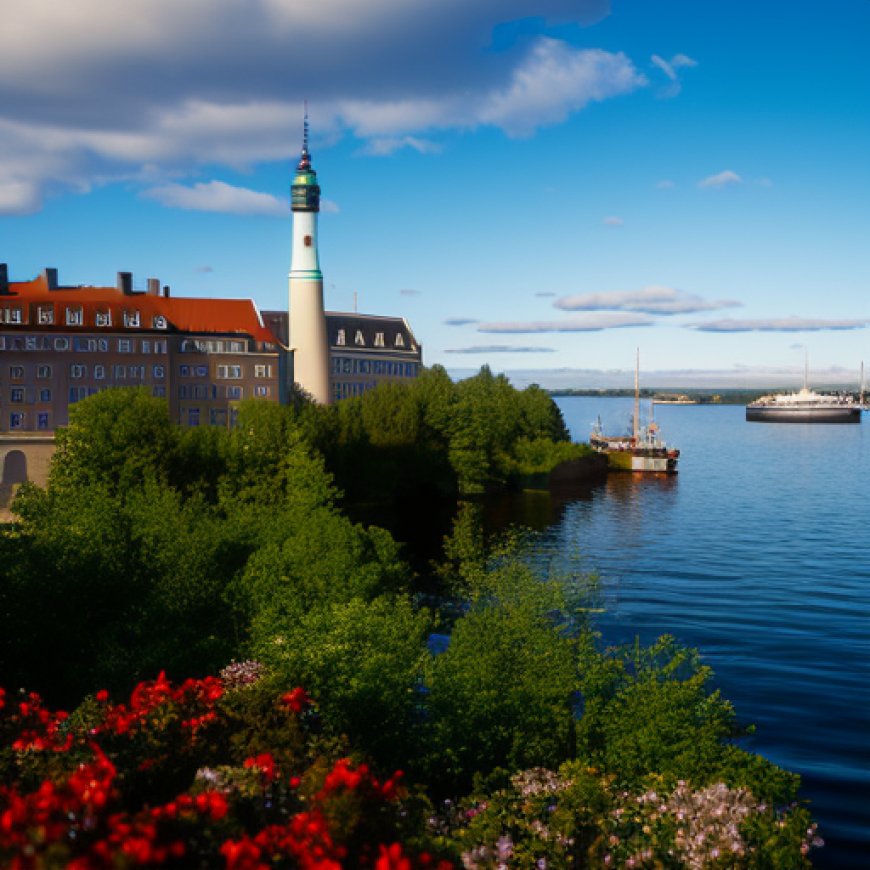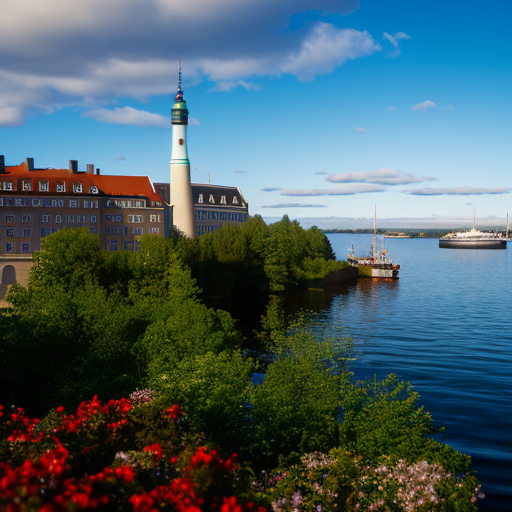Save the Baltic Sea for real! – Stockholm University Baltic Sea Centre
Save the Baltic Sea for real! - Stockholm University Baltic Sea Centre Stockholms universitet


Save the Baltic Sea for Real: Meeting Highlights

On the 5th of September, the Baltic Eye participated in the meeting “Save the Baltic Sea for real,” held at the European Parliament in Brussels. Organized by SEARICA, the European Parliament intergroup on Seas, Rivers, Islands and Coastal Areas, the goal of the meeting was to present results from recent projects in the Baltic Sea and to discuss upcoming issues relevant to policy.
Research Results on Marine Plastics and Hazardous Substances
- The Baltic Eye covered topics in marine plastics and hazardous substances in the Baltic Sea.
- All of the presentations are now available on SEARICA’s website.
Policy Highlights
- The upcoming revisions of the Baltic Sea Action Plan (BSAP, HELCOM) and the EUSBSR Action Plan were discussed.
Baltic Sea Action Plan (BSAP)
- Monika Stankiewicz, HELCOM’s executive secretary, emphasized the need to strengthen the implementation of actions listed under the BSAP at the national level.
- The revised BSAP will consider the potential impacts of climate change and the Sustainable Development Goals (SDGs).
- It was recognized that only a small fraction of all potentially hazardous chemicals in the Baltic Sea is currently included as an indicator, so additional indicators will need to be developed to assess the chemical status of the Baltic Sea.
EUSBSR Action Plan
- Maxi Nachtigall, priority area coordinator for EUSBSR Priority Area Hazard, mentioned that while the main focus will still be on pharmaceuticals, highly fluorinated chemicals are likely to be included in the future.
- There is a significant gap between the results from flagship projects and their impacts on policy, so increasing “cross-policy cooperation” is a priority under the revision process.
The Baltic Eye, as a university-based boundary organization, exemplifies cross-policy cooperation. A research paper co-authored by Marie Löf from the Baltic Eye, discussing the benefits of investing in such boundary organizations, will soon be published in the journal PLoS One.
Uncertainty Regarding Funding
- There is uncertainty regarding the funding of projects related to the Baltic Sea, including Horizon Europe and the division of the 100 billion euros allocated to it.
- BONUS and INTERREG, two EU programs that have funded successful projects in the Baltic Sea, are reaching the end of their term, and it is uncertain how projects after 2020 will be funded.
EU Sanctions Against Russia
During the discussions, EU sanctions against Russia were mentioned as a potential obstacle for investment banks to invest in Baltic Sea projects involving Russia. The MEPs promised to look into this issue.
Further Reading
For more information, please visit SEARICA’s website.
Further reading
Last updated: January 25, 2023
Source: Östersjöcentrum
SDGs, Targets, and Indicators Analysis
1. Which SDGs are addressed or connected to the issues highlighted in the article?
- SDG 14: Life Below Water – The article discusses topics related to marine plastics and hazardous substances in the Baltic Sea, which are directly connected to SDG 14.
- SDG 13: Climate Action – The article mentions that the revised Baltic Sea action plan will take into account the potential impacts of climate change.
- SDG 17: Partnerships for the Goals – The article highlights the importance of cross-policy cooperation and mentions the Baltic Eye as an example of a boundary organization that facilitates such cooperation.
2. What specific targets under those SDGs can be identified based on the article’s content?
- SDG 14.1: By 2025, prevent and significantly reduce marine pollution of all kinds, particularly from land-based activities, including marine debris and nutrient pollution – The article discusses the issue of marine plastics and highlights the need for additional indicators to assess the chemical status of the Baltic Sea.
- SDG 13.1: Strengthen resilience and adaptive capacity to climate-related hazards and natural disasters in all countries – The article mentions that the revised Baltic Sea action plan will take into account the potential impacts of climate change.
- SDG 17.16: Enhance the Global Partnership for Sustainable Development, complemented by multi-stakeholder partnerships that mobilize and share knowledge, expertise, technology, and financial resources, to support the achievement of the Sustainable Development Goals in all countries, in particular developing countries – The article emphasizes the importance of cross-policy cooperation and mentions the Baltic Eye as an example of a boundary organization that facilitates such cooperation.
3. Are there any indicators mentioned or implied in the article that can be used to measure progress towards the identified targets?
- The article mentions that only a small fraction of all potentially hazardous chemicals in the Baltic Sea is currently included as an indicator. This implies the need for additional indicators to assess the chemical status of the Baltic Sea, which is relevant to SDG 14.1.
Table: SDGs, Targets, and Indicators
| SDGs | Targets | Indicators |
|---|---|---|
| SDG 14: Life Below Water | 14.1: By 2025, prevent and significantly reduce marine pollution of all kinds, particularly from land-based activities, including marine debris and nutrient pollution | Additional indicators to assess the chemical status of the Baltic Sea |
| SDG 13: Climate Action | 13.1: Strengthen resilience and adaptive capacity to climate-related hazards and natural disasters in all countries | No specific indicators mentioned in the article |
| SDG 17: Partnerships for the Goals | 17.16: Enhance the Global Partnership for Sustainable Development, complemented by multi-stakeholder partnerships that mobilize and share knowledge, expertise, technology, and financial resources, to support the achievement of the Sustainable Development Goals in all countries, in particular developing countries | No specific indicators mentioned in the article |
Behold! This splendid article springs forth from the wellspring of knowledge, shaped by a wondrous proprietary AI technology that delved into a vast ocean of data, illuminating the path towards the Sustainable Development Goals. Remember that all rights are reserved by SDG Investors LLC, empowering us to champion progress together.
Source: su.se

Join us, as fellow seekers of change, on a transformative journey at https://sdgtalks.ai/welcome, where you can become a member and actively contribute to shaping a brighter future.







